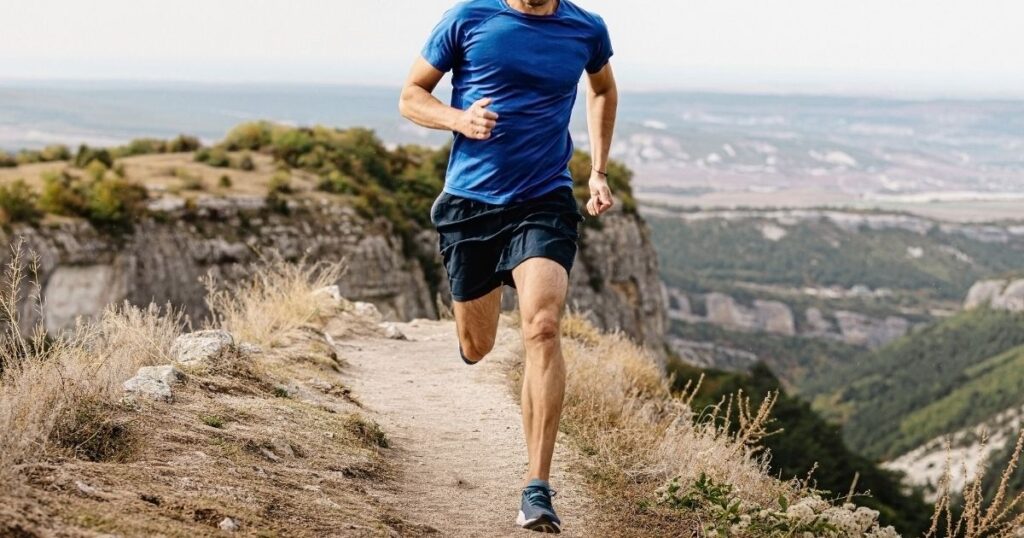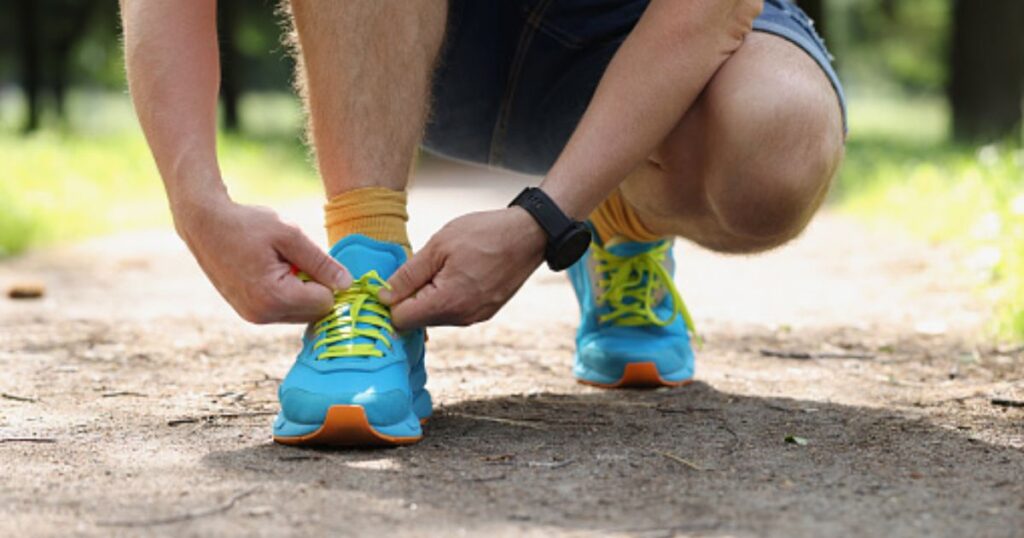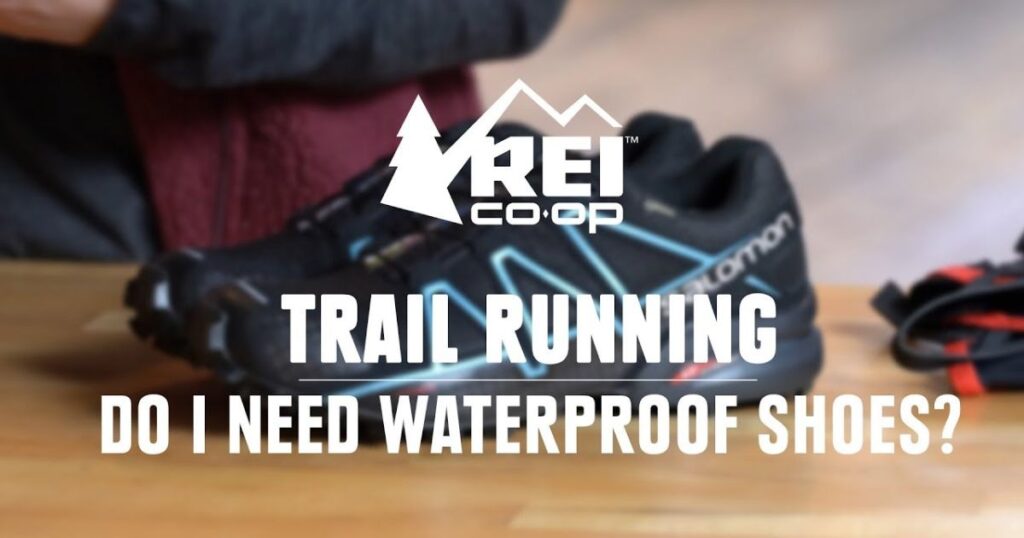Trail running is a fantastic way to connect with nature and challenge your body. However it’s essential to have the right equipment to make the most of your off-road running experience especially when it comes to footwear. That’s where trail running shoes come in. These shoes are specifically designed to provide the necessary support traction and protection for off-road running.
There are many different trail running shoes on the market and it can be overwhelming to choose the right pair. That’s why we’ve compiled a list of the 11 best trail running shoes for off-road runners. These shoes have been tested and reviewed by experienced trail runners and they offer a range of features to suit different needs and preferences.
Whether you’re a seasoned off-road runner or just starting out having the right trail running shoes can make a significant difference in your performance and enjoyment. In this article we’ll explore the top 11 trail running shoes for off-road runners highlighting their key features benefits and drawbacks. By the end you’ll have a better understanding of what to look for in a trail running shoe and be able to make an informed decision.
The Best Trail Running Shoes

When it comes to off-road running having the right shoes is crucial. The best trail running shoes provide the necessary support traction and protection for different terrains. They are designed to withstand the rigors of trail running while keeping your feet comfortable and dry. In this section we’ll explore the key features to look for in the best trail running shoes including cushioning traction durability and fit.
We’ve done the research and testing to bring you the best trail running shoes on the market. Our top picks offer a range of features to suit different needs and preferences. Whether you’re looking for a lightweight shoe for fast and technical trails or a more supportive shoe for long-distance runs we’ve got you covered. In the following sections we’ll dive deeper into each of our top picks highlighting their key features benefits and drawbacks.
Read More Blog: The 10 Best Running Shoes for Women
Why Trail Running?

Trail running offers a unique and exhilarating experience that sets it apart from running on roads or tracks. The varied terrain of trails from rocky paths to forested trails provides a dynamic and challenging environment for runners. This diversity not only keeps the sport exciting but also engages different muscle groups enhancing overall strength and agility.
Additionally the natural surroundings of trail running offer a refreshing change from urban landscapes allowing runners to connect with nature and enjoy the tranquility of the outdoors. The mental benefits of trail running such as reduced stress and improved mood further contribute to its appeal as a holistic form of exercise.
Moreover trail running provides a break from the monotony of traditional road running offering a sense of adventure and exploration. The unpredictable nature of trails with their twists turns and elevation changes adds an element of excitement and challenge to each run. This variability not only keeps the sport engaging but also requires runners to adapt and react to different conditions improving their agility and coordination.
Trail running also fosters a sense of camaraderie among runners as many trails are shared spaces where enthusiasts can connect share experiences and support each other in their running journeys. Overall the physical mental and social benefits of trail running make it a compelling and rewarding activity for runners of all levels.
What to Look for in a Trail Running Shoe?

- Shoe Type: Trail running shoes come in different types such as light trail rugged trail or off-trail. The type you choose should match the terrain you plan to run on with each type offering specific features tailored to different trail conditions.
- Cushioning: The level of cushioning in a trail running shoe varies from barefoot (minimal cushioning) to maximum cushioning. The amount of cushioning affects comfort and impact absorption so it’s essential to choose based on your preference and the terrain you’ll be running on.
- Heel-to-Toe Drop: This measurement impacts your running mechanics and how your foot strikes the ground. Understanding the heel-to-toe drop of a shoe can help you select a pair that aligns with your running style and comfort.
- Fit: Expert help in finding the right fit is crucial when choosing trail running shoes. The fit of the shoe is a critical consideration as it directly impacts your comfort performance and overall running experience. Be open to switching your shoe choice to ensure the best fit.
- Tread and Grip: Trail running shoes should have a tread pattern that matches the terrain you’ll be running on. Deeper lugs provide better traction on muddy or soft surfaces while shallower lugs are suitable for hard-packed trails. The grip of the shoe is essential for stability and preventing slips on various terrains.
- Foot Protection: Trail shoes should offer protection for your feet from rocks roots and debris encountered on the trail. Features like toe bumpers rock plates and reinforced uppers help shield your feet from impact and potential injuries during your off-road runs.
- Stability and Support: A trail running shoe should provide stability and support for uneven terrain. Look for features like sturdy materials supportive uppers and midsole cushioning that can absorb footfalls during descents and provide stability on switchbacks and unstable surfaces.
How We Selected The Best Trail Running Shoes?

To select the best trail running shoes several factors must be taken into account. First the terrain is crucial. unstable or muddy terrain requires shoes with an aggressive tread and deep widely spaced lugs. Second the runner’s goals and distances are essential. For short distances lightweight and responsive shoes are suitable while for longer distances shoes with built-in protection and cushioning are recommended. Third physical characteristics matter.
Read More Blog: How to Train for a Half Marathon So You’re Prepared on Race Day?
Fourth the fit is crucial shoes should fit well and not cause discomfort or blisters. Fifth the drop and cushioning should be considered based on the distances run. Finally the shoe’s purpose and the runner’s experience level are important.
New runners may require more cushioning and support while experienced runners may prefer lighter more responsive shoes. By considering these factors runners can find the best trail running shoes for their specific needs and preferences.
Our Full Trail Running Shoe Reviews
The full trail running shoe reviews can be found in the detailed articles provided by the sources. Each source offers in-depth reviews of the best trail running shoes for 2024 highlighting key features pros cons and recommendations based on extensive testing and expert analysis.
The reviews cover a wide range of trail running shoe models including top picks for different categories such as overall trail shoes beginner-friendly options shoes for mud lightweight racing models and more. Merrell Moab Flight
Topo Athletic Ultraventure
The Topo Athletic Ultra Venture is a high-stack trail shoe that offers a plush and lightweight ride making it suitable for long distances on light to moderate terrain. It features a sustainable engineered mesh upper that recycles three plastic bottles per pair a Vibram® XS Trek EVO outsole with a newly refined design for lightweight durability and increased flexibility and an anatomical toe box that allows toes to spread naturally and comfortably. The shoe is also gaiter-compatible and features a rock plate for added protection.
It has a stack height of 35mm (heel) and 30mm (forefoot) with a 5mm heel-to-toe drop making it a good option for trail running and road-to-trail use. The updated ZipFoamTM compound provides a lighter softer and more responsive underfoot experience and the shoe is designed to promote good foot health as it has earned the APMA Seal of Acceptance and Seal of Approval. The shoe is available in both men’s and women’s versions with a weight of 8.3 Oz for women’s size 7 and 10.2 Oz for men’s size 9.
What Makes a Great Trail Shoe?
A great trail shoe encompasses several key features that set it apart from regular running shoes. These features include a superior fit that prioritizes protection and comfort on uneven terrains unbeatable outsoles with deep lugs for enhanced traction on various surfaces flexibility to adapt to the unpredictable nature of trails and suitable weather protection to shield against elements like water and debris.
Trail shoes are designed to offer a balance of protection and performance ensuring that runners can navigate challenging terrains with confidence and comfort. The combination of these features makes a great trail shoe essential for trail runners looking to maximize their performance and enjoyment while exploring the great outdoors.
Read More Blog: http://Niles Garden Circus Ticket: A Comprehensive Guide
Do I Need My Trail Shoes To Be Waterproof?

Whether you need waterproof trail shoes depends on the specific conditions of your runs. While waterproof shoes can be beneficial for running in wet or muddy conditions they may not be necessary for dry trails or for runs where you’ll be crossing streams or creeks frequently.
Waterproof shoes can keep your feet dry in wet conditions but they can also be hot and uncomfortable in warmer weather. Additionally waterproof shoes may not drain well if water gets inside making it difficult to get your shoes dry again.
The decision to get waterproof trail shoes depends on your personal preferences and the specific conditions you’ll be running in. If you frequently run in wet or muddy conditions waterproof shoes may be a good investment.
However if you prefer a more breathable shoe or plan to run in a variety of conditions a non-waterproof shoe may be a better option. It’s also worth considering the use of waterproofing sprays or treatments to enhance the water resistance of your shoes without sacrificing breathability.
What Is a Shoe Drop?

Shoe drop also known as heel-to-toe drop or offset refers to the height difference between the heel and the forefoot of a shoe. It is measured in millimeters and plays a significant role in the biomechanics of running. A higher heel-to-toe drop means that the heel is elevated compared to the forefoot promoting a heel-striking running style.
Conversely a lower drop or zero-drop shoe means that the heel and forefoot are at the same level encouraging a more natural midfoot or forefoot strike. The choice of shoe drop depends on individual preferences running style and biomechanics with different drops offering varying levels of cushioning stability and impact absorption during running.
Frequently Asked Questions
What features should I look for in a trail running shoe?
According to the search results there are several key features to consider when choosing trail running shoes. These include superior fit, unbeatable outsoles flexibility and suitable weather protection. Additionally cushioning traction waterproofing and heel drop are important factors to consider.
What is the difference between men’s and women’s trail running shoes?
Altra designs shoes based on the human anatomy and develops models with specific fits for men and women accommodating differences in female anatomy such as higher arches lighter bodies and different toe/heel ratios.
What is shoe drop or heel-to-toe drop?
Shoe drop or heel-to-toe drop refers to the difference in height between the heel and the forefoot of a shoe. A higher heel-to-toe drop promotes a heel-striking running style while a lower drop encourages a more natural midfoot or forefoot strike.
Conclusion
In conclusion selecting the right trail running shoes is essential for a comfortable and enjoyable off-road running experience. By considering key features such as fit outsole traction weather protection and heel-to-toe drop runners can find shoes that suit their individual needs and running style.
Whether opting for waterproof shoes for wet conditions or prioritizing breathability for varied terrains the choice between different shoe types and designs ultimately depends on personal preferences and the specific conditions of each trail run. With the right trail shoes runners can enhance their performance protect their feet and fully immerse themselves in the beauty and challenges of trail running.












